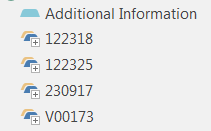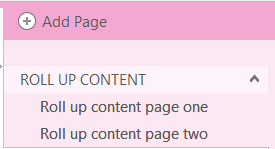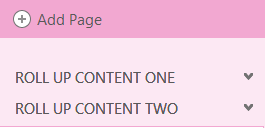In the past few posts we’ve discovered the different ways you can organize your OneNote documents, using pages & subpages, sections, and section groups. The next – and final – level of course is a new Notebook.
Some people create a new notebook for every topic, and while that is ok, I caution you against having too many notebooks when you can organize much of your content in one Notebook. So when should you step out and create a new Notebook?
Here are a couple of criteria I use for making that decision.
- Sharing needs: While you don’t have to create new notebooks; you can create password-protected sections, I generally create a new notebook when I need to share the information with other people.
- Distinct topic differences: If the subject matter is completely different from anything else you’re working on, it might be worth creating another notebook.
- Topic content outgrows capacity: Sometimes a topic that used to be in a section or section group of a more general Notebook just outgrows the ways to keep track of the topic inside that Notebook. Perhaps you already have a section group for that content, and you find you’ve outgrown that. It might be worth to create a Notebook to hold that topic.
Creating a New Notebook
When you create a new Notebook in OneNote, make sure you choose to place this file either on your SharePoint site or in your OneDrive. My preferred method for creating OneNote Notebooks is to go to the location within SharePoint or OneDrive and choose to add a New OneNote notebook from the dropdown.

Once you’ve created a file, then use the EDIT IN ONENOTE link to open this new document in your desktop version of OneNote.

Your notebook will then appear in your notebooks list on the left hand side of your OneNote application. If you don’t see the list as shown below, click the dropdown arrow next to your notebook’s name, and then use the PIN icon to pin your notebooks list to the left.

I prefer creating OneNote notebooks online and then linking them to the desktop application because then I don’t have to worry about knowing the path to which I need to save the document.
You can also create OneNote notebooks using the application. If you do that, please make sure you choose either Sites – YourCompanyName or OneDrive – YourCompanyName as your location, and then use the Browse button to find the path to your folder on your SharePoint site or in your OneDrive.







 Smart Tip
Smart Tip






 My daily working file includes a section for emails and blog posts which contains over 200 pages, and I use the asterisks to visually separate that information and the subpages to roll up content I no longer need. I have another section for Tutorial Scratch Files which are sorted in a similar fashion. I use that section to capture screen shots as I am working within SharePoint or another Office365 tool so I can create tutorials in the future. As tutorials get created, I am able to drag the page to the “completed” section in my list, without needing to move the page to another section.
My daily working file includes a section for emails and blog posts which contains over 200 pages, and I use the asterisks to visually separate that information and the subpages to roll up content I no longer need. I have another section for Tutorial Scratch Files which are sorted in a similar fashion. I use that section to capture screen shots as I am working within SharePoint or another Office365 tool so I can create tutorials in the future. As tutorials get created, I am able to drag the page to the “completed” section in my list, without needing to move the page to another section.
